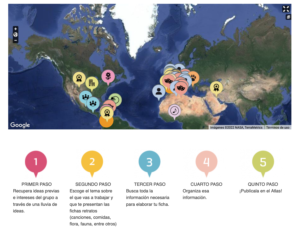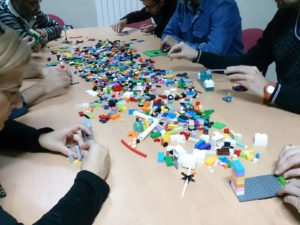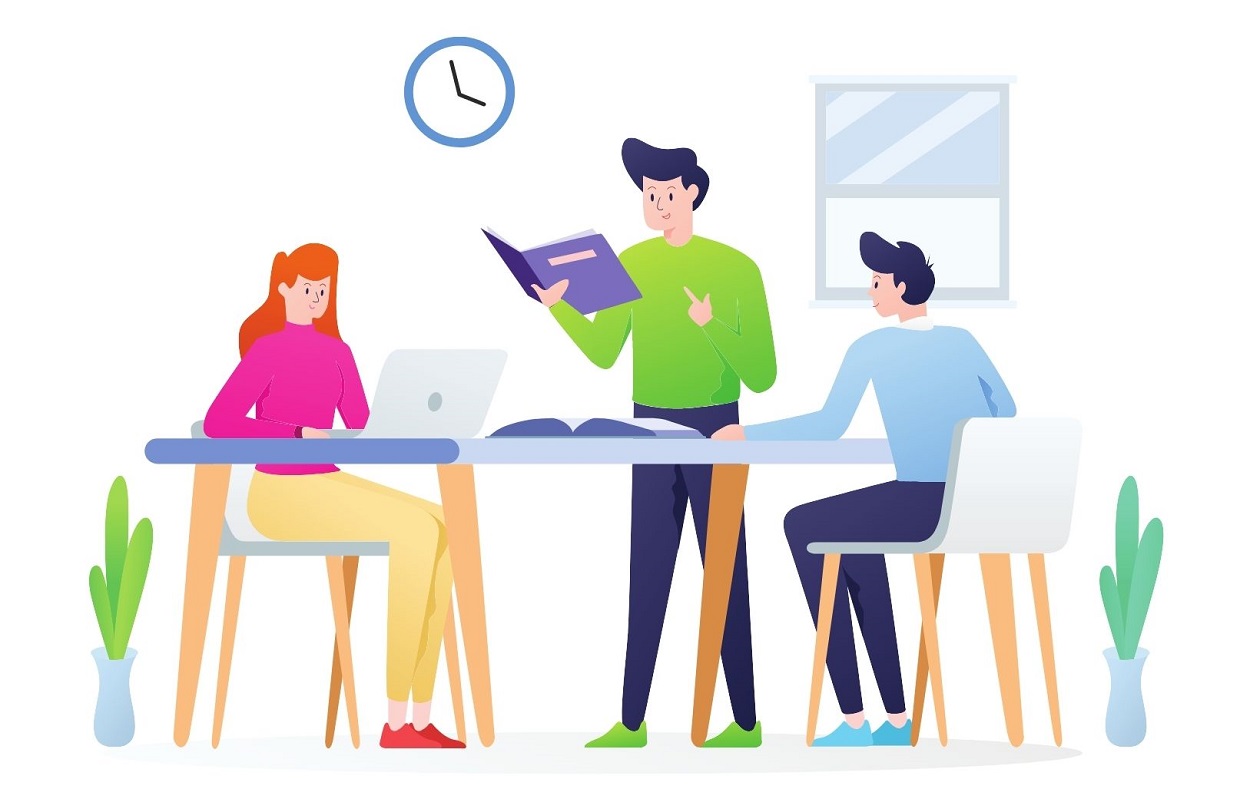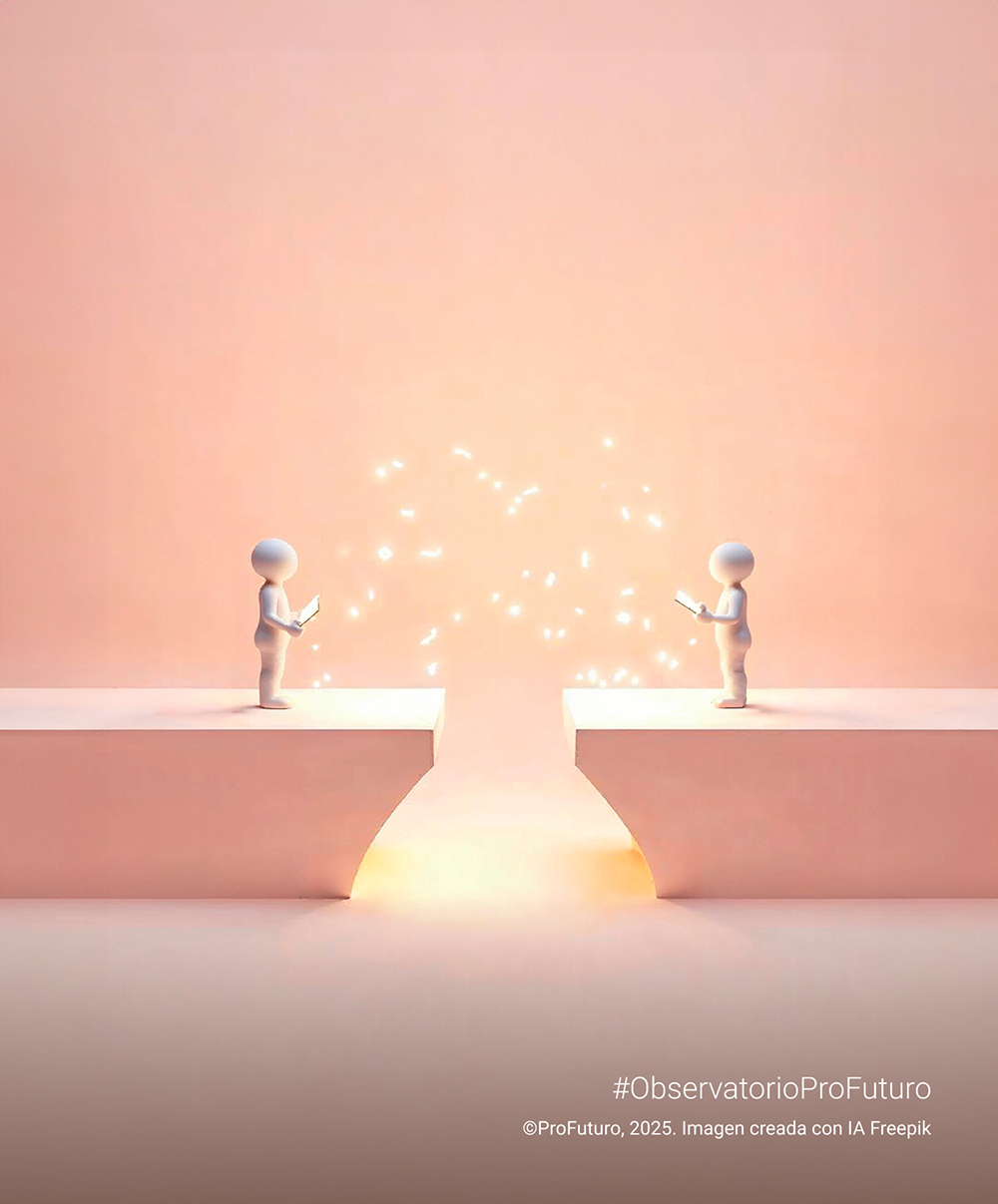We have already seen how fundamentals of cooperative work and its benefits gave this teaching methodology a new vigour in a new era in which future adults will have to use their best social and interpersonal skills to solve increasingly complex global problems. In this post, we will look at the differences between collaborative work and cooperative work and describe two initiatives that have put the essential principles of cooperative work into practice in a very original way.
The difference game
When we talk about group work in a school context, we almost always use the terms “collaborative learning” and “cooperative learning” equivalently. And while it is true that both refer to ways of group working, there are some important differences between them, important to be aware to use each of them in an appropriate way. What are these differences?
Responsibility and role of the teacher. In collaborative work, the learning responsibility belongs to the student and the teacher intervenes only as a support point, when necessary, students organise their efforts among themselves and are the sole responsible for learning. However, in cooperative learning, responsibility for carrying out learning activities belongs to both, teacher and students. In cooperative learning, the teacher guides the students through the entire process. A topic is proposed, instructs them on how to organise themselves, divides them into groups and assigns roles within these groups.
Individuality versus equality. The success of collaborative learning is based on each group member’s individual strengths, which are harnessed to enhance learning within the group. For example, encouraging sharing and discussion on different points of view. In cooperative learning, the emphasis is on the group and not on the individual. Equal contributions are sought.
Evaluation. In collaborative learning, it is the students, who are independent and responsible for their own learning, who evaluate the results of the learning exercise. Therefore, it is the students who evaluate their own individual and group performance. In cooperative learning, on the other hand, the teacher assesses the activity carried out by students in the different groups, for which the students, at the end of class, present their work for evaluation.
Knowledge acquisition. As a consequence of these differences, we could say that the more flexible, informal, less structured, and directed collaborative learning is, it is more appropriate for developing open and complex tasks, with no specific answer. And is more adapted to higher levels of education. However, the much more formal, structured and directive cooperative learning, in which students work together to achieve a common goal under the teacher’s guidelines, is more suited for elementary levels and is considered more appropriate for acquiring foundational and basic knowledge.
Below, we briefly describe two initiatives in which, due to their special characteristics and originality, deserve to be highlighted among cooperative learning experiences.
When cooperative work goes global: Atlas of Diversity

This project seeks to consolidate a learning community to strengthen relationships and exchange between different communities. In which knowledge and culture, one’s own and that of others, become the most important education community’s assets.
In practice, Atlas of Diversity proposes to work for an educational change that moves from transmission of information to cooperative and networked learning, linking projects with the local community, and at the same time with the global network, facilitating the creation of an international tele-collaborative project. Atlas of Diversity is a virtual meeting place for all the participants’ contributions on the most unique and genuine aspects of their place of origin: a recipe, an environmental problem, a writer, a landscape, products from earth, popular songs and dances, etc.
How does it work?
The project provides spaces for Latin American and European teachers to exchange useful teaching-learning methodologies, with special emphasis on those linked to the use of Information and Communication Technologies (ICT). The starting point is the development of a digital diversity Atlas through the Internet, which gathers each place’s particularities, from the students’, immediate environmental viewpoint and perspective. It is made up of cards, which describe aspects of the culture of a place. Culture being understood in its broadest sense and therefore including everything from historical events to social or environmental problems, as well as folkloric aspects.
Teachers also have on-line training to develop the activity with their students and while they carry it out, they can also share their best practices or the difficulties they encounter.
The girls and boys work in groups, oriented by their teachers and following guidelines on different aspects of their immediate environmental culture. For example, Artists of Vallenato, Edible Flora in Colombia, Recipe for Home-made Quince Jelly, Santillana’s Zoo… They share and present them, through the project’s website, to the entire school community that make this learning project and has taken collaborative learning to an international level.
Playing seriously with Lego: Lego Serious Play

Have you ever been unable to remember your credit card’s (or mobile phone’s) pin numbers, but when the keypad was at hand you dialled it without a problem? It’s called “hand memory”. Did you know that our hands are connected to our brain cells? According to some scientific studies, our hands are capable of retaining information that we are not able to verbally express. And this is where we find one of the main virtues of this methodology. By building things with our hands, we access different knowledge stored in our brains. This facilitates reasoning and idea conceptualisation.
We continue asking. In discussions and debates (in class, at work, at dinner with friends…), have you noticed that usually only two or three people speak and the rest remain more or less silent? This is because they cannot find the right words or ideas. Here we have another of the great advantages of Lego Serious Play (LSP), a method that combines thinking, communication and problem- solving, presenting an enormous potential for the education community and cooperative work. Let’s see how.
LSP is based on three principles:
- Leaders do not have all the answers. Their success depends on listening to all voices present.
- People by nature want to contribute, be part of something bigger, and take the lead.
- By allowing each member of the team to contribute and give an opinion, a more sustainable project is created.
Plato said that one can discover more about a person in half an hour of play than in a year of conversation. Based on this premise, LSP is able to create a climate of trust through playing, facilitating communication and problem-solving. Without hierarchies or insecurities: just people, pieces, challenges and questions to which we are going to give answers and shape, helped in this case by the teacher, who guides the girls and boys through the process.
Construction, reflection and cooperative learning
A challenge is raised and students are asked to construct their vision of that challenge, using the pieces available to them. They should then share the story of what they have built with the rest of the group. This way, they are sharing what they believe and think. But through a playful activity and a toy, insecurities and fears virtually disappear. Finally, the group reflects and learns from what the other participants have shared.
Another great advantage of this methodology is that it can be used for the entire education community: teachers, families and administration.
It’s better as a group
Today more than ever, teamwork has become a fundamental tool in our daily lives. At all levels: from kindergarten to the last stages of our working life. To interact with others, explain our points of view, helps us reflect, structure and establish our own knowledge. Contrasting points of view also help us to develop communication, empathy and conflict-resolution skills.






